Five of the great unsolved shipwreck mysteries
US explorers say they have found Columbus’s flagship, the Santa Maria. It could be one of the greatest nautical finds ever, but there are many other famous shipwrecks still waiting to be discovered.
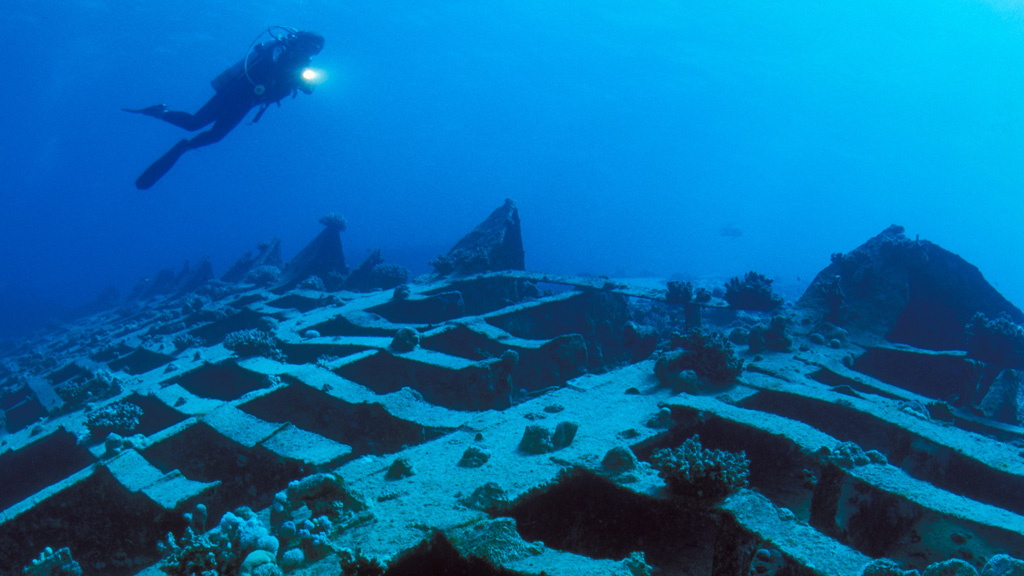
Underwater explorer Barry Clifford, who found the first verified wreck of a pirate ship – the Whydah Gally – in 1985, says remains found off the north coast of Haiti fit contemporary accounts of the wreck of the Santa Maria.
The vessel led the Italian explorer’s 1492 expedition to the new world and its name is regularly recited along with the Niña and Pinta by schoolchildren across the world.
Modern scholarship tends to strip Columbus of the distinction of being the first European to set foot in north America – many historians now give that honour to the Vikings led by Leif Ericsson who landed in Newfoundland about 500 years earlier.
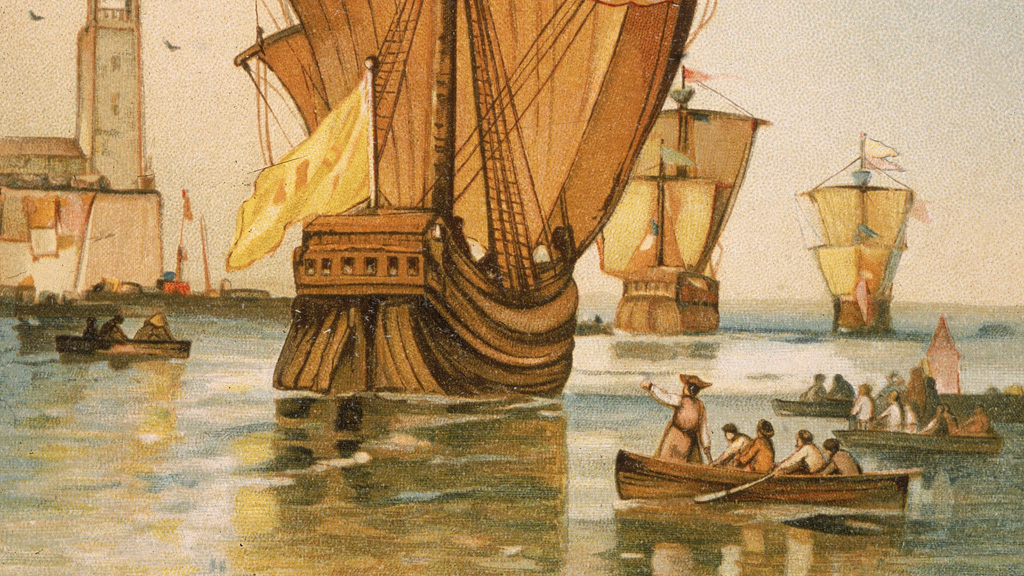
But Columbus’s voyage, financed by Spain, ushered in an age of European colonisation of the Americas.
The Santa Maria drifted on to a reef off Haiti on Christmas Day 1492. One legend states that the crew were so drunk after celebrating Christmas that only a cabin boy was left awake to steer the ship.
Columbus left some crew members to found a small settlement on the Haitian coast, using timbers from the wreckage to build a fort.
Clifford’s team says the site of wreck fits contemporary accounts of the disaster, including Columbus’s diary, as well as other archaeological finds suggesting the location of the fort.
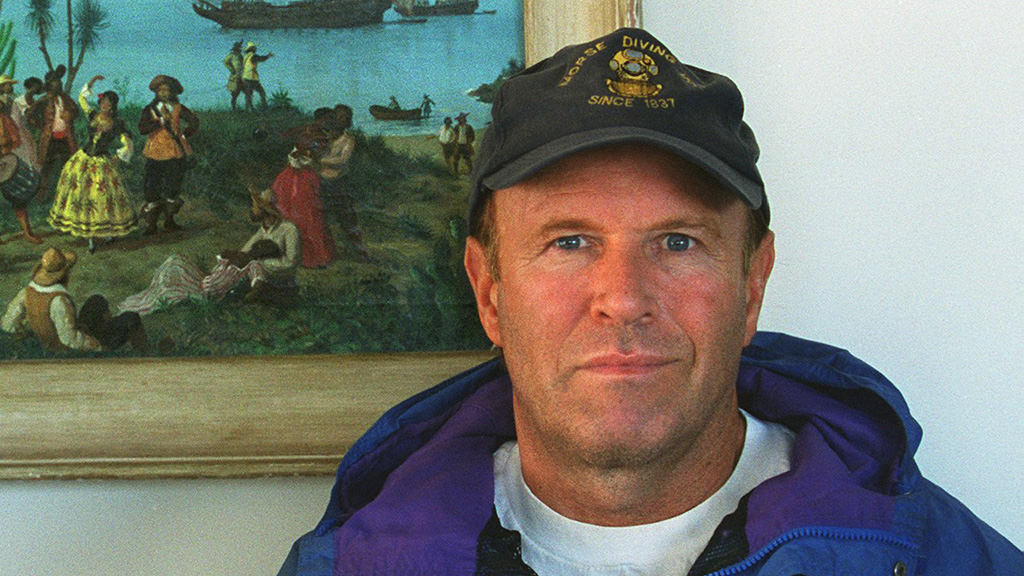
The explorer told the Independent: “All the geographical, underwater topography and archaeological evidence strongly suggests that this wreck is Columbus’s famous flagship, the Santa Maria.”
Mr Clifford, who says he would want the ship to stay in Haiti on public dislay, aims to carry out a detailed excavation of the site with the support of the government of Haiti in order to put the provenance of the wreck beyond doubt.
If the ship proves to be the Santa Maria, it will be one of the most important finds in the history of underwater archaeology.
But other famous wrecks remain undiscovered and continue to haunt the dreams of explorers and treasure hunters.
The Merchant Royal
While the waters around the British Isles are fertile ground for wreck divers, there is little chance of coming across chests of doubloons on the seabed, according to expert Richard Larn of Shipwrecks UK.
There is a ship with a fabulous treasure on board known to lie in English territory. Richard Larn
He told Channel 4 News: “You won’t find any Spanish galleons around these waters because it’s the wrong part of the world.
“But there is a ship with a fabulous treasure on board known to lie in English territory: the Merchant Royal. As far as we know, it hasn’t been found.”

The Merchant Royal was lost off Land’s End in 1641 carrying gold, silver and bullion worth hundreds of millions in today’s prices.
The English merchant ship was rumoured to be the wreck found by the US company Odyssey Marine Exploration in 2007 and known only by the codename Black Swan.
But after lengthy legal wranglings, Odyssey was ordered to hand over coins recovered from the wreck to Spain, suggesting that the ship was really a Spanish frigate.
The case became notorious when it popped up in leaked US diplomatic cables released by the WikiLeaks website.
Still, as far as we know, the Merchant Royal – nicknamed “the El Dorado of the seas” – is yet to be discovered.
Flor de la Mar
Tons of gold, chests stuffed with precious stones, diamonds as big as a man’s fist. Stories of the riches on board the Flor de la Mar are the stuff of legend in the marine salvage world.
It’s the richest vessel ever lost at sea. Robert Marx
The Portuguese carrack (sometimes spelled Flor do Mar) sank in about 1511 carrying booty from Portugal’s conquest of Malacca back to Lisbon.
Its whereabouts remain unknown despite several claims from treasure hunters to have located it over the years.
The US diver Robert Marx, who has reportedly spent millions trying to find the Flor de la Mar, has called it “the richest vessel ever lost at sea”.
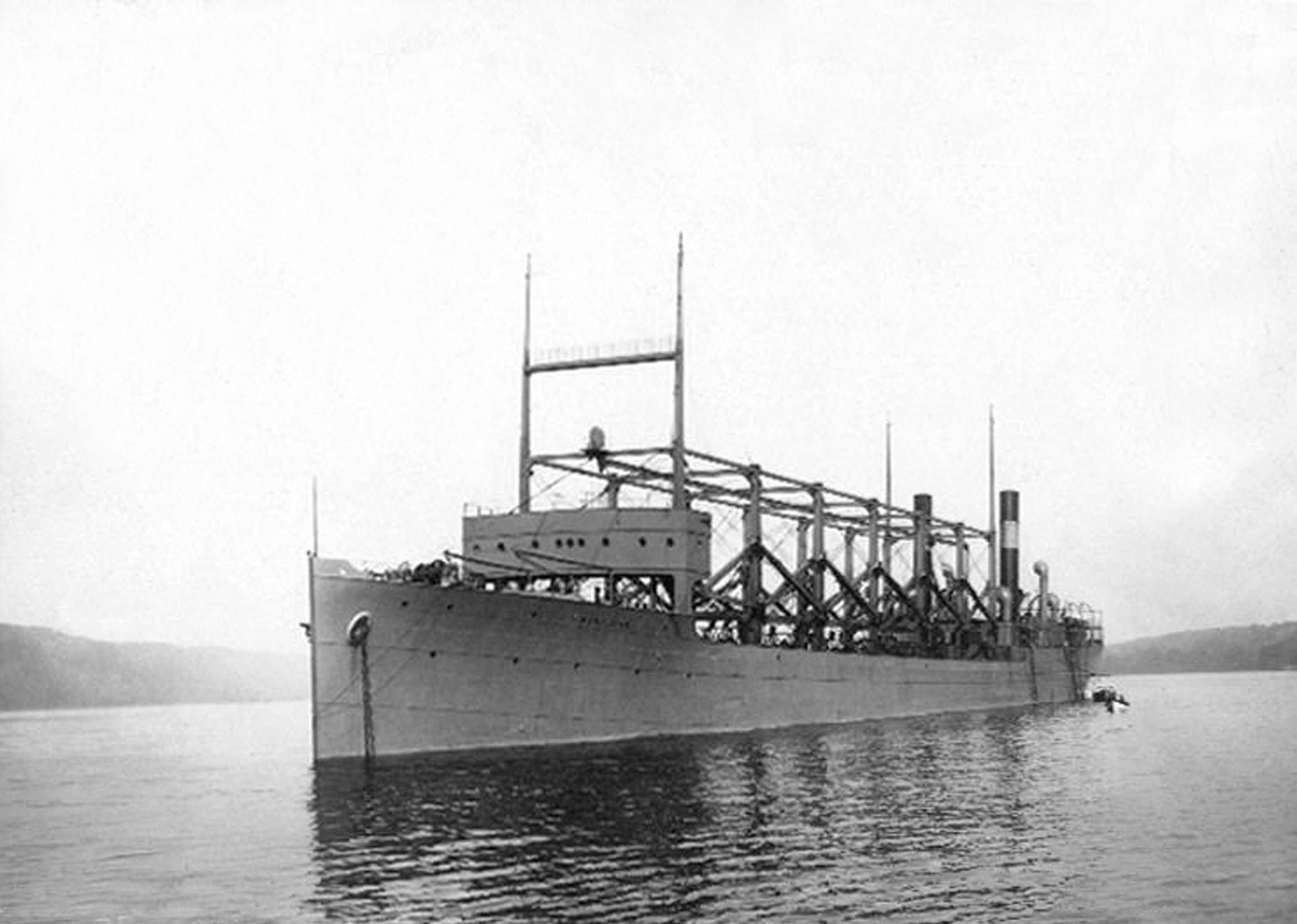
USS Cyclops
The disappearance of the Cyclops in 1918 with 306 sailors and passengers on board remains the biggest loss of life for a US Navy vessel outside combat.
The collier was not loaded with riches, but the diver who finds it will be able to clear up one of the most enduring maritime mysteries.
The ship vanished without trace while sailing from Barbados to Baltimore, passing through what would later become notorious as the Bermuda Triangle.
Various theories have been put forward to explain her disappearance, including the allegedly treasonous sympathies of the German-born captain.
It was wartime and the Cyclops was carrying chemicals used for munitions, but the German government has always denied sinking her, and there is no record of any engagement by German forces.
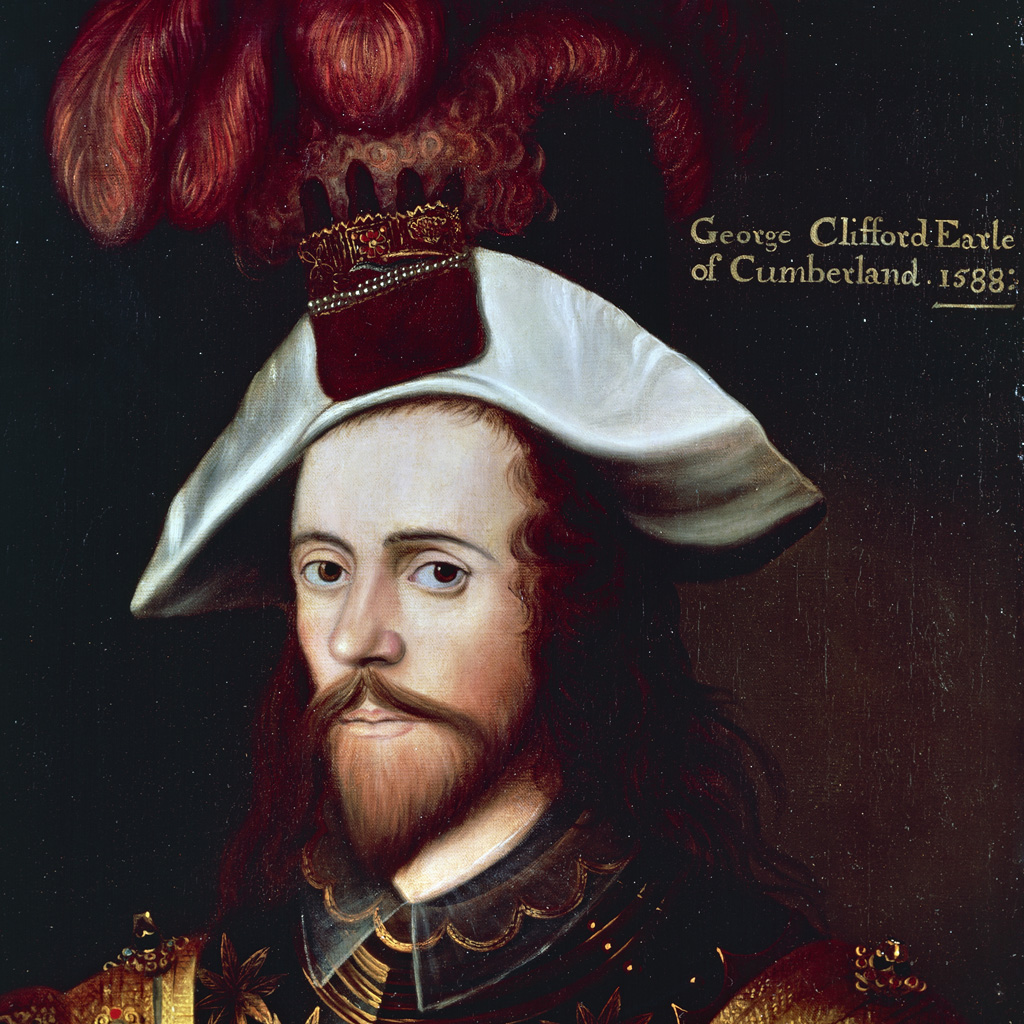
Las Cinque Chagas
Another enormous Portuguese carrack, and another leading candidate for the richest wreck ever consigned to the deep, the story of the “Five Wounds” also epitomises the bloody drama of life on the high seas in the age of piracy.
The ship was returning from the East Indies to Portugal in 1594 when it was attacked by a pack of English pirate ships under the the Earl of Cumberland.
The 1,200-tonne vessel, overloaded with gold coins and precious stones, nevertheless put up a spirited fight.
After a running battle lasting several days, the ship caught fight and sink in deep water off the Azores, denying the English buccaneers a famous prize.
Like the famous lost Spanish galleon the San Jose, also sunk after a battle with the English, the Cinque Chagas boasted a cargo valued at over $1bn at today’s prices.
Nuestra Señora de Atocha
Not undiscovered, but yet to be fully explored, this is wreck that sums up both the potential prizes and pitfalls of searching for treasure on the seabed.
US treasure hunter Mel Fisher finally found the Spanish galleon in 1985 after searching for more than a decade.
The Atocha, which sank in a storm off the Florida Keys in 1622, contained booty worth hundreds of millions of dollars.
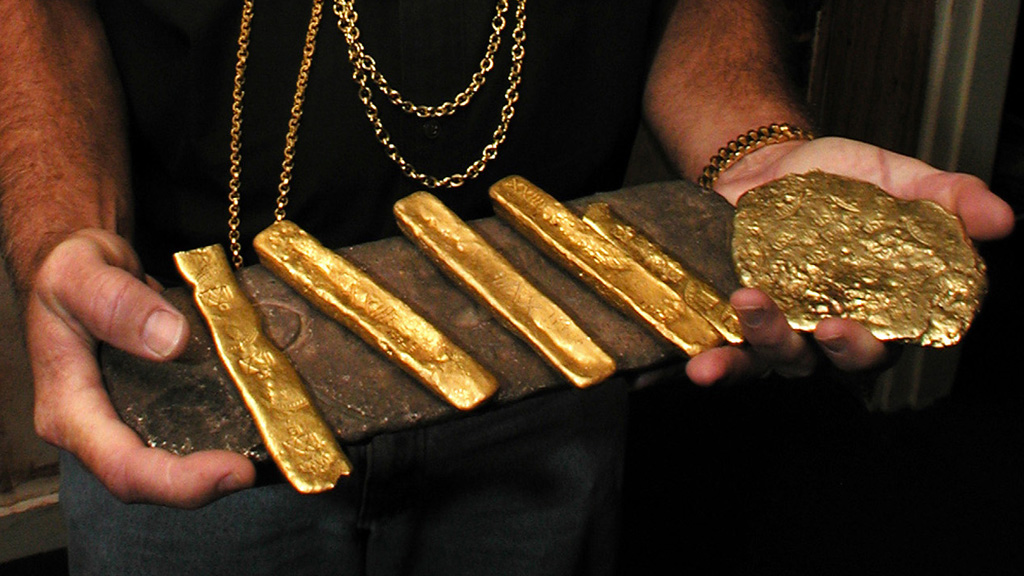
But Fisher became embroiled in lengthy litigation with the authorities in Florida over who was entitled to the proceeds.
The location of the wreck is well-known, but experts think the Atocha’s sterncastle – the part of the ship where most of the gold and jewels would be stashed – still lies undiscovered.
So even if you find a Spanish galleon loaded with treasure, getting the loot to the surface and profiting from it can be impossible.
Stricter laws and international agreements mean divers can get tied up in lawsuits for years.
Mr Larn told us: “There is very little left. Most of the treasure wrecks have already been searched.
“It’s only commercially viable if you find treasure or things like bronze cannons that are worth a lot of money. Then it’s no problem until such time as you want to come ashore.
“The regulations and restrictions are now getting almost prohibitive.”